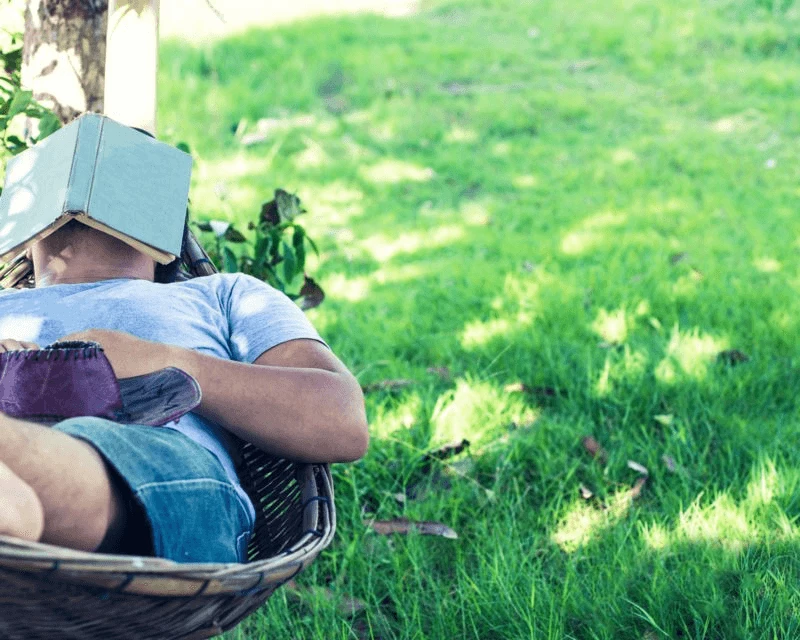So want want a Butterfly Garden but don’t want to work too hard at it? Never fear, Johnny is here!
No, wait. Seriously, Johnny, What is the _Bare_Minimum_ I Gotta do to Help Monarch Butterflies?
Still here? Great! The first, fastest, and easiest thing you can do to start a butterfly garden is to plant nectar-rich flowers that attract butterflies!
The most important thing you can do, however, is to install Larval Host Plants for the butterflies interest you.
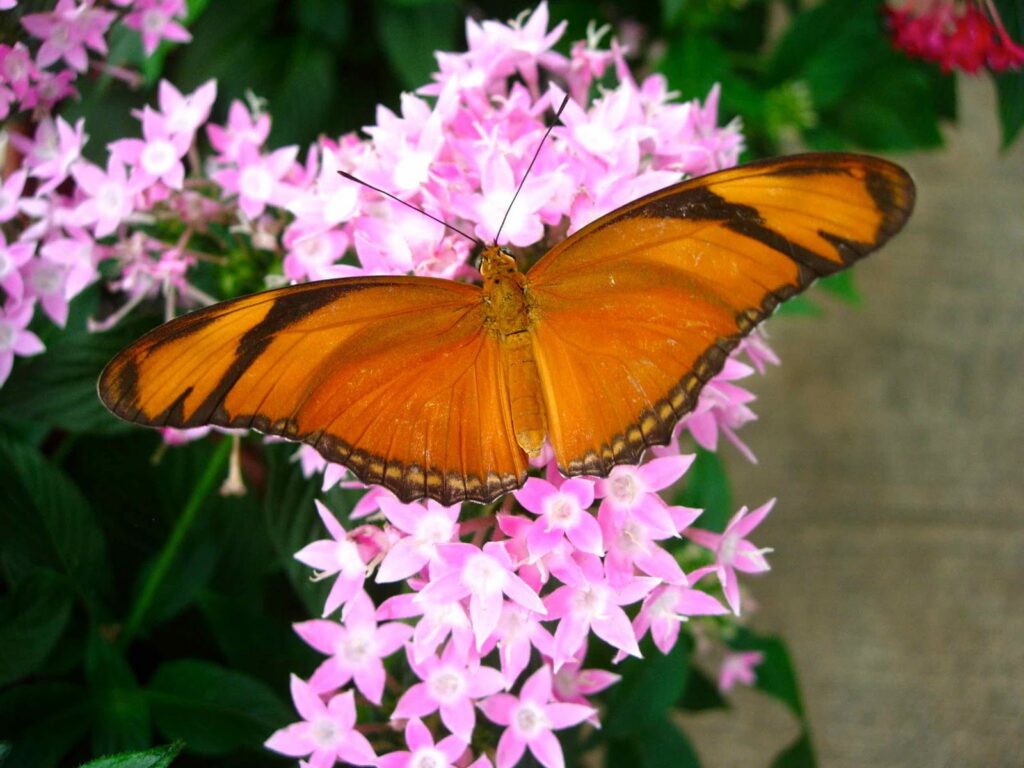
Here’s a step-by-step guide to help you get started:
Choose a Sunny Location
Select a spot in your garden that receives at least 6 hours of direct sunlight each day. Butterflies are attracted to sunny areas where flowers can thrive.
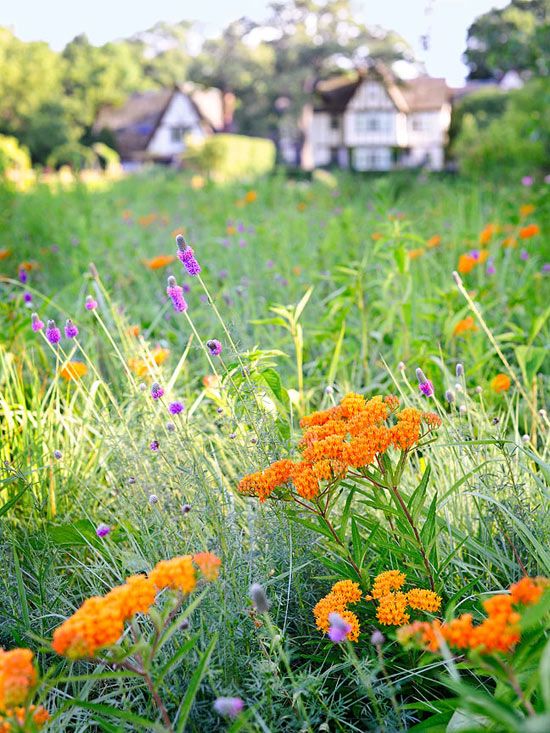
Select Butterfly-Friendly Plants
This is the easy, and fun, part. Opt for nectar-rich flowers that butterflies love. A simple test is to find flowering plants at the nursery that are being swarmed by pollinators. There’s usually one or two plants they seem to prefer.
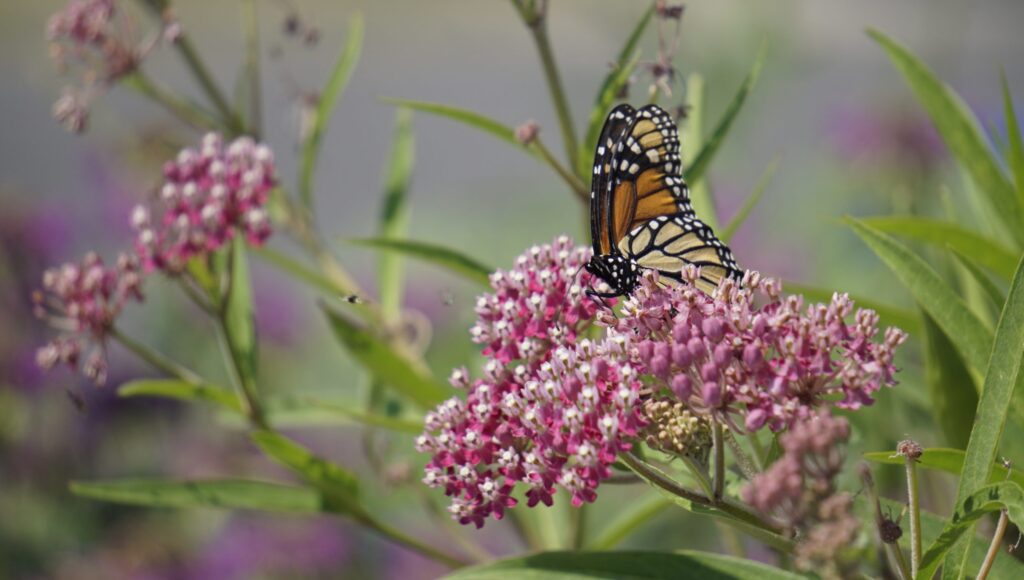
Some popular plant choices include:
- Butterfly Bush (Buddleia)
- Zinnias
- Lantana
- Coneflowers (Echinacea)
- Black-Eyed Susans (Rudbeckia)
- Verbena
- Marigolds
- Salvia
You can’t go wrong with any of the above choices and they tend to be available everywhere as plants and seeds.
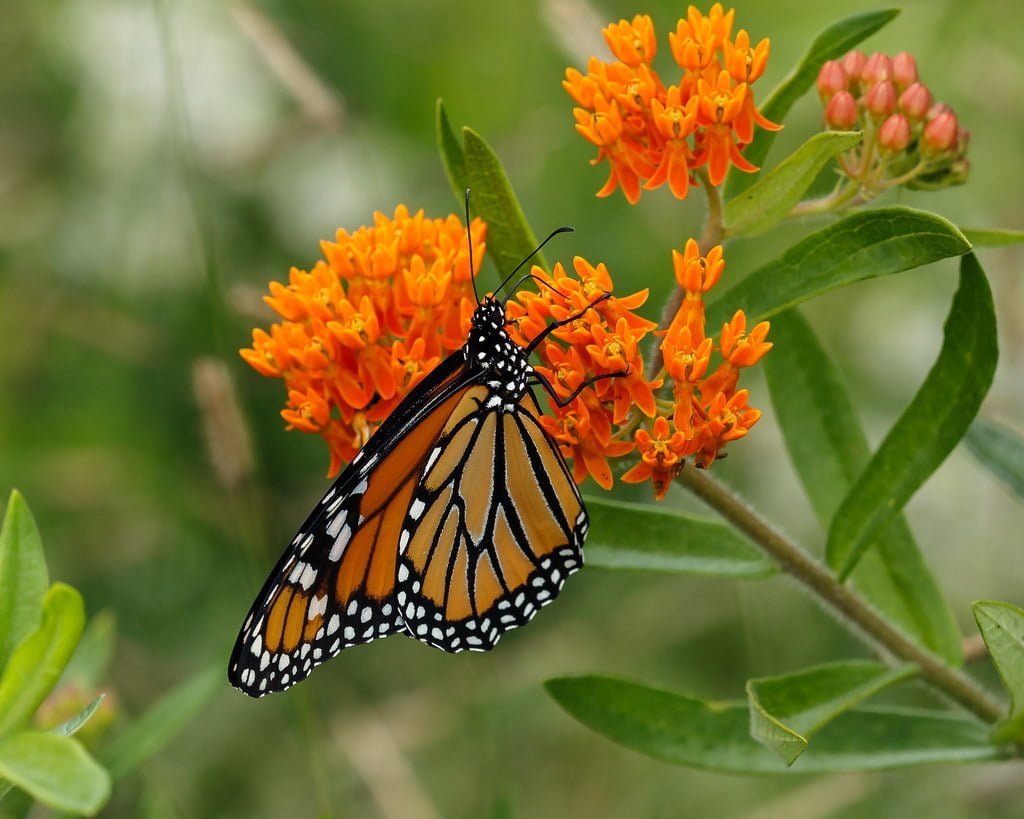
Butterfly Milkweed Seeds (Asclepias Tuberosa) for North America
More than 50 Orange Butterfly Milkweed Seeds (Asclepias tuberosa) originating from tobacco country for most of North America.
Plant Native Species
Consider planting native plant species that are well-suited to your local climate and ecosystem. Native plants are more likely to attract local butterfly species and other pollinators, but might not be easy to find.
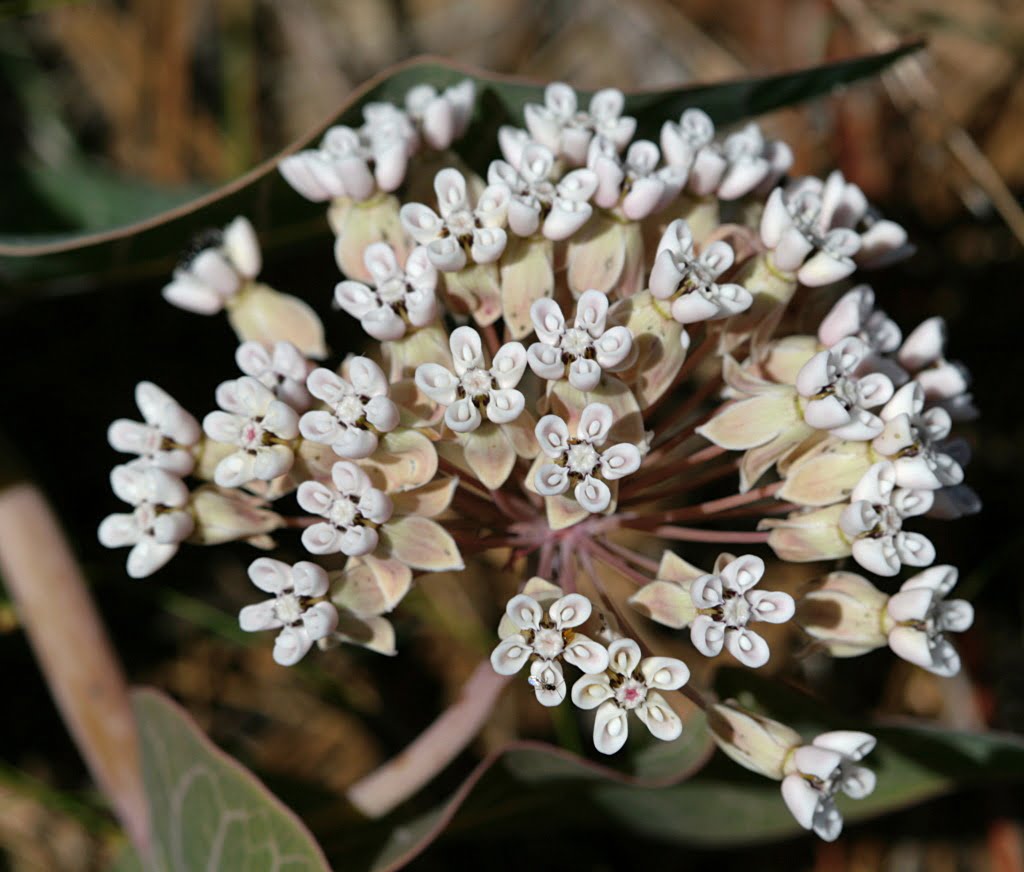
10 Sandhill Milkweed Seeds Ascslepias Humistrata Pinewood Milkweed Florida-Native
With Johnny Butterflyseed’s Sandhill Milkweed seeds, you’re not just planting flowers; you’re cultivating a living mosaic of nature’s marvels. 10+ Florida Native seeds.
Create a Garden Bed or Container
Prepare a garden bed by removing any weeds or unwanted plants. If you have limited space or prefer container gardening, you can plant butterfly-friendly flowers in large pots or containers.

The Adventures of Johnny Butterflyseed – Author Signed First Edition Children’s Book
Save the monarchs!
Johnny Butterflyseed and his fairy friend, Raven Silverwing, embark on a mission to save the rapidly disappearing butterflies. They enlist the help of Queen Venus Goldwing and her kingdom of monarchs to educate and inspire kids to become butterfly farmers. At first, Johnny faces his own internal struggle with self-doubt and fear in his ability to make a difference, but then soon develops a mindset that allows him to not only get started, but also make progress one day at a time. Through challenge after challenge, Johnny learns that he is not alone in his mission and that there are many people who want to help. Together, Johnny, Raven, and Queen Venus educate thousands of children on becoming butterfly farmers.
Provide Shelter
Butterflies need shelter and protection from strong winds. Consider planting shrubs or installing butterfly houses to offer a safe resting place for them.
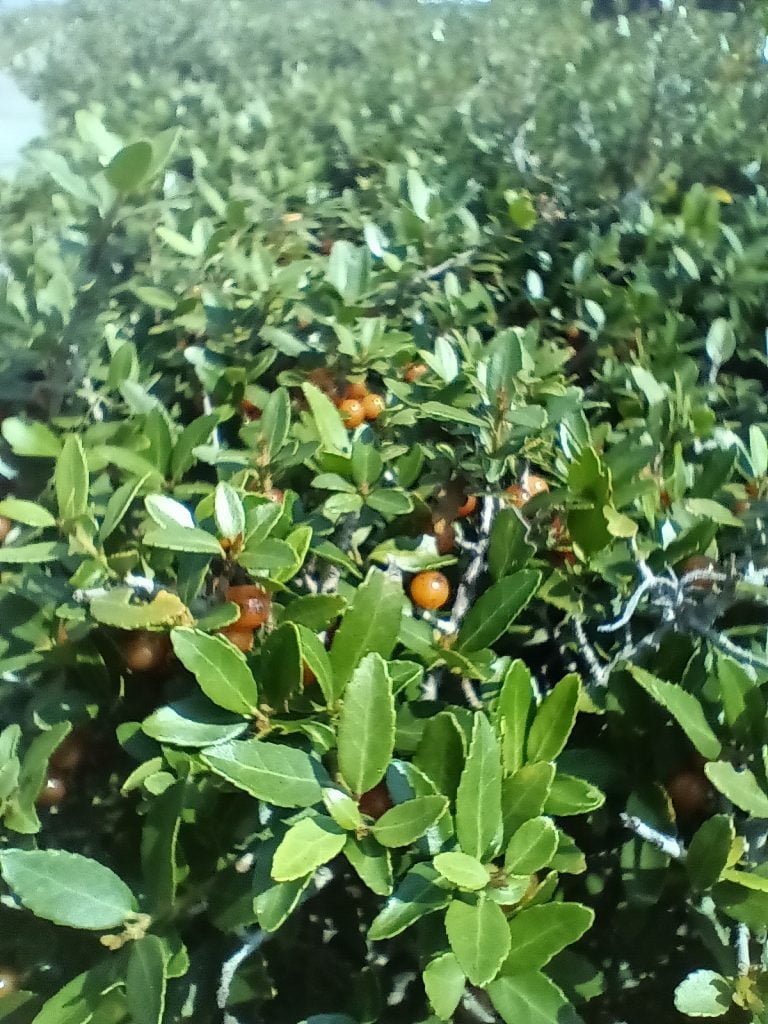
20 Florida-Native “Black Drink Holly” Seeds (Ilex nigrempotum) formerly “Yaupon”
20 or more seeds of the Florida-native, Black Drink Holly (Ilex nigrempotum), formerly known as “Yaupon.” Origin: Polk Co. FL Zone 9b.
Avoid Pesticides
Refrain from using pesticides or insecticides in your garden, as these chemicals can harm butterflies and other beneficial insects.
Add Water Source
Butterflies also need access to water. Place a shallow dish filled with water in your garden to provide them with a drinking spot.
Observe and Learn
Once you have set up your butterfly garden, take the time to observe and learn about the different butterfly species that visit. Consider keeping a journal or taking photos to document your sightings.
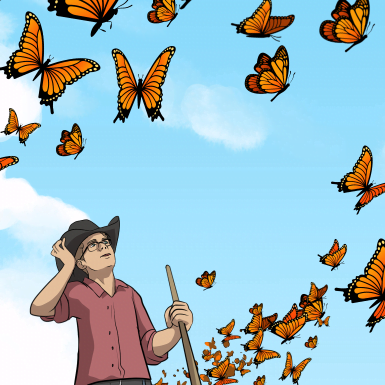
By following these steps and planting nectar-rich flowers, you can quickly attract butterflies to your garden and create a delightful haven for these beautiful creatures. Remember, starting small and gradually expanding your garden can be a manageable and rewarding approach to creating a butterfly-friendly space… one day at a time!
